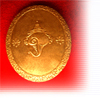 |
Related institutions/Events Public Works Department |
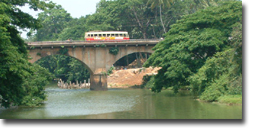 |
The
Public Works Department: The construction of the Sree Padam palace,
during the former reign, on a plan drawn by a European Engineer, had
impressed Swathi Thirunal with a favorable opinion of European engineering
skill. The construction of the Observatory simply confirmed this impression. |
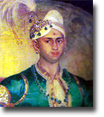 |
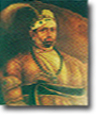 |
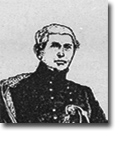 |
|
| Swathi
Thirunal RamaVarma |
Uthram
Thirunal Marthanda Varma |
British Resident William Cullen |

